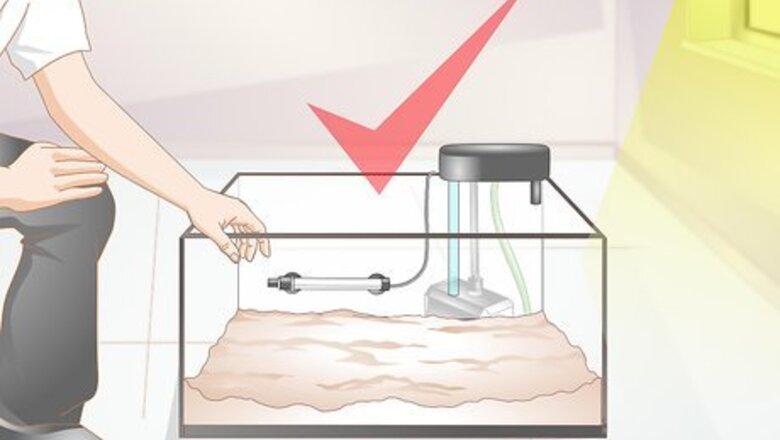
views
X
Research source
In addition to food, these small creatures require a safe enclosed space in which to live and grow. With thoughtful planning and a few careful steps, you can create a living environment that keeps your crab happy and healthy.
Assembling the Tank
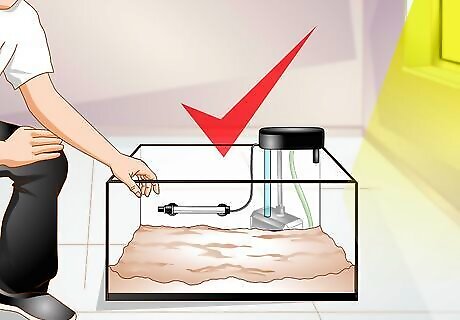
Set the tank in a well-lit area. Positioning near a window or other light source will help the crabs get the light they need to stay healthy.
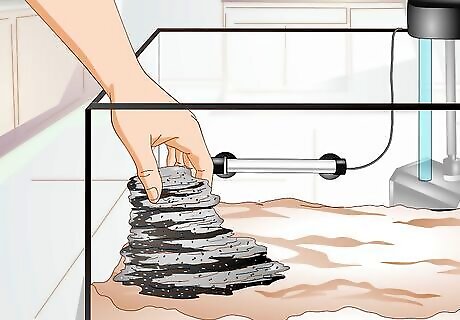
Create a mounded surface in the tank. Though red-clawed crabs are aquatic, they do breathe air. These means they’ll need high areas above the water line that they can reach by walking or climbing. You can create this with the decor items, or add a ramp for this specific purpose.
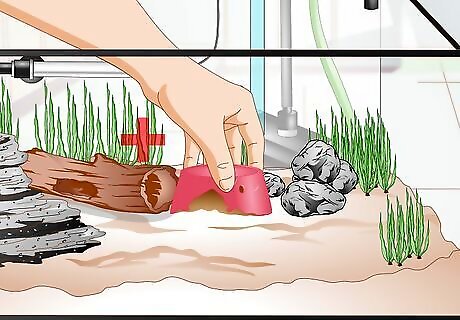
Add the remaining decor items. Put the pebbles/sand at the bottom of your tank. Layer on the the hideaways and plants. Remember, hiding spaces make the crab feel secure, so place them in accessible spots and make sure they’re large enough for your crab. Choose the decor. Red-clawed crabs like to climb, hide, and dig, so you need to provide them with items to interact with, such as: Slopes Driftwood Plants Rocks Caves Pebbles Sand
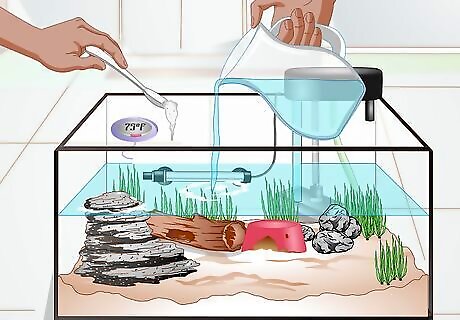
Fill the tank with room temperature brackish water. Though red-clawed crabs are freshwater creatures, they thrive in lightly salted water. Mix 1 teaspoon of sea salt per litre of 72-82°F water, and add it to the tank. Make sure to leave some areas above the waterline which the crab can reach to breathe.
Maintaining the Tank
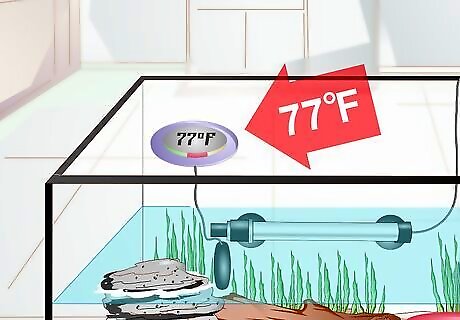
Perform daily maintenance checks. To ensure that the tank is clean, warm, and oxygenated, you will need to conduct daily tests of: the filter to make sure it is not clogged the thermometer to make sure that the water temperature is 72-82°F the tubing to make sure there is no damage
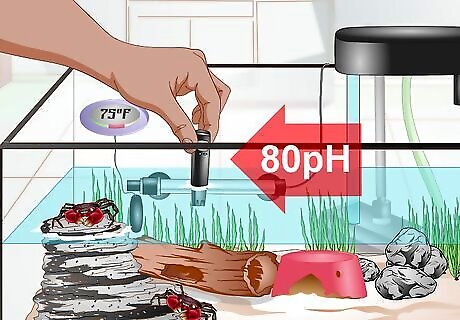
Test the water quality on a weekly basis. You will need to use a test kit to check the pH level of the water in the tank. For red-clawed crab, the pH level should be between 7.5 and 8.5. You can purchase test kits from a pet care store.
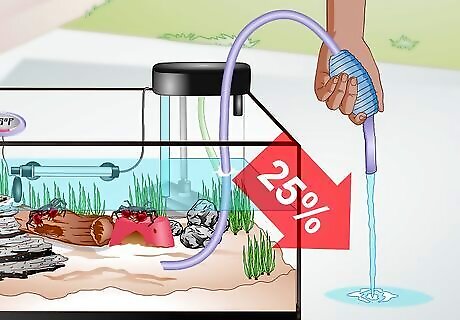
Change 10-25% of the water on a biweekly or monthly basis. By changing the water, you dilute the nitrates and ammonia in the water, as well as remove other toxins and pollutants that may build up in the tank. Scoop out the old tank water using a vessel like a large cup or small bucket, and add an equal volume of new tap water back into the tank.
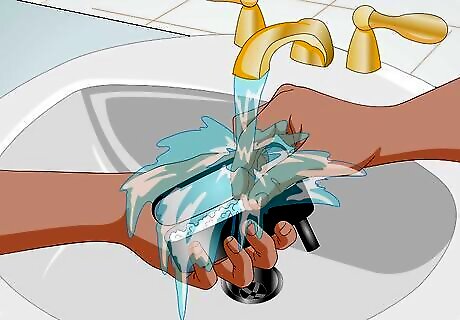
Clean the filter. Your filter may be mechanical, chemical, or biological. It will need to be cleaned every 1-2 months, depending on the type of filter. The cleaning will likely involve rinsing of the sponge or pads and scrubbing of the casing and tubes. Specific instructions for cleaning your filter will be included in the owner’s manual. Follow these to guarantee the filter continues to function properly.
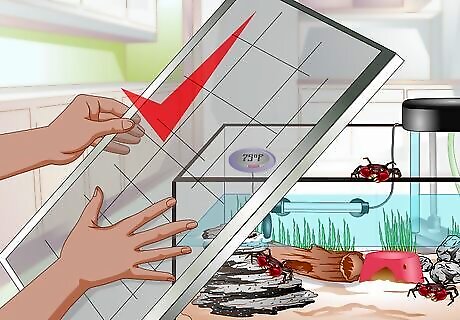
Check for holes in the tank lid. With their climbing abilities, red-clawed crabs are quite capable of escaping through holes in the lid. Repair them if possible, or replace the lid if necessary.
Purchasing the Tank
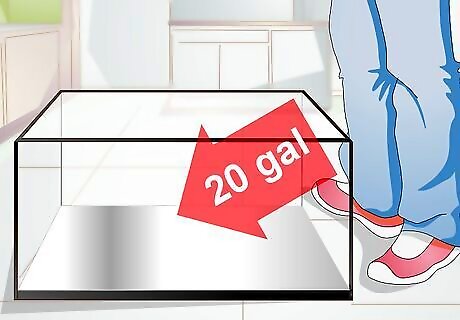
Determine the size tank you’ll need. Most likely a tank between 5 and 20 gallons will be appropriate. The volume you choose will depend on the size and number of crabs. An overcrowded tank can lead to stress and disease in a crab. The recommendation is no more than one crab per square foot.
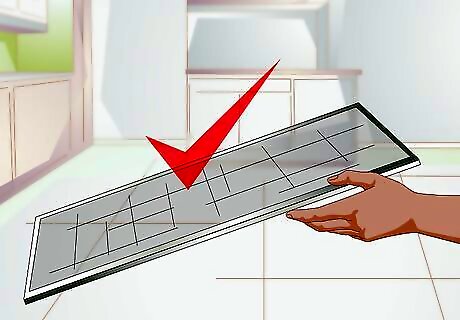
Add a lid. The tank will need a secure lid, as crabs like to climb and can do so on almost any surface, including tubing. The lid will prevent the crab from escaping the tank.
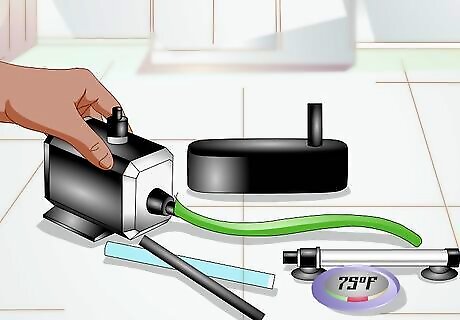
Include an aquarium filter, heater, air stones, and thermometer. These are tools you’ll need to keep your tank clean, warm, and oxygenated. Buy them along with the tank to make sure they are compatible. Some tanks might come with some of these tools attached.
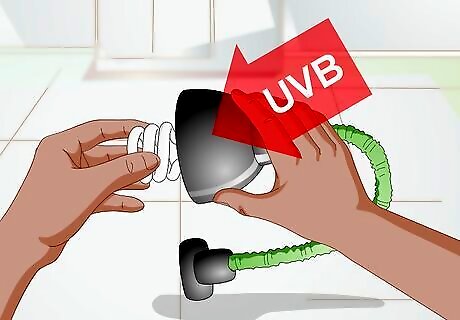
Get a UVB light. Red-clawed crabs are nocturnal but require 10-12 hours of daylight during summer and 8-10 hours during the winter months. The UVB light makes sure they get the exposure they need to stay healthy.















Comments
0 comment